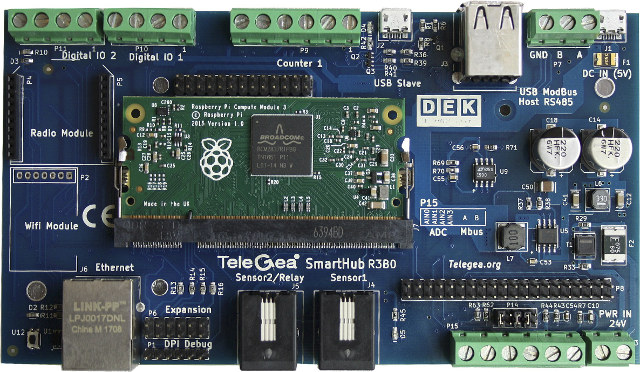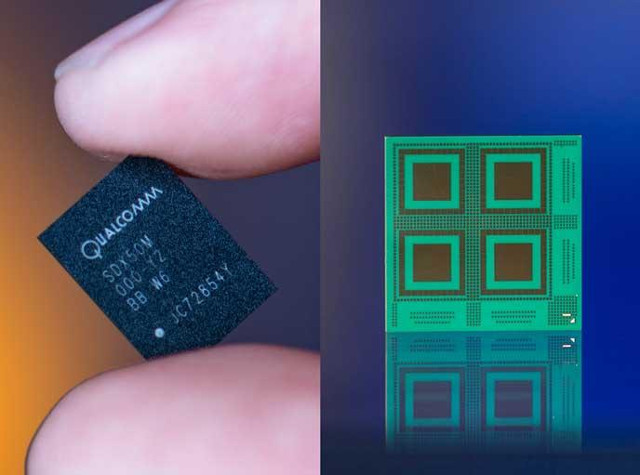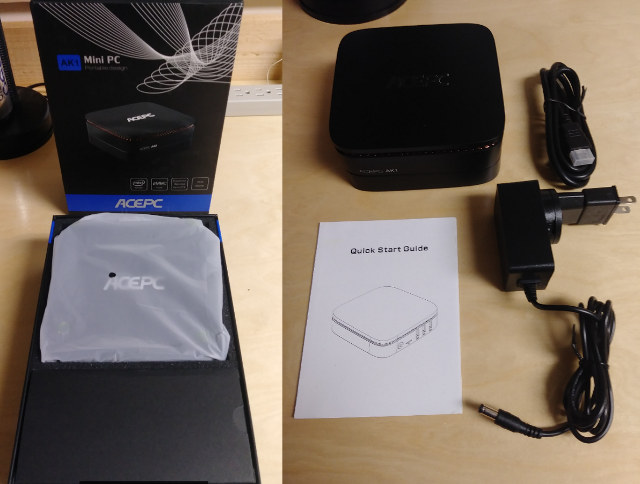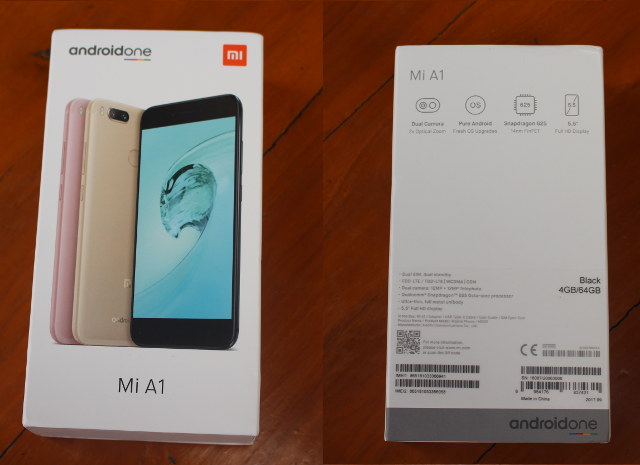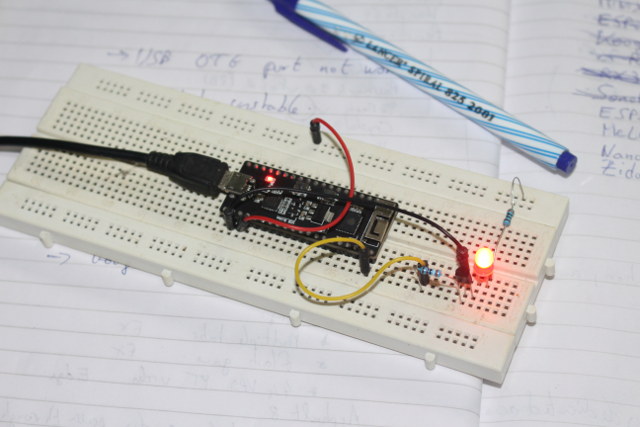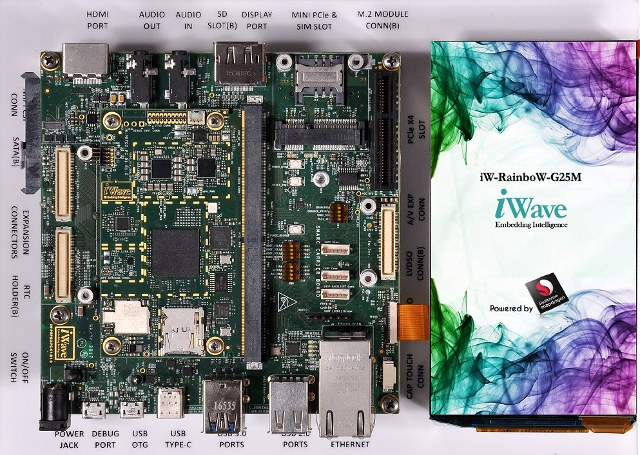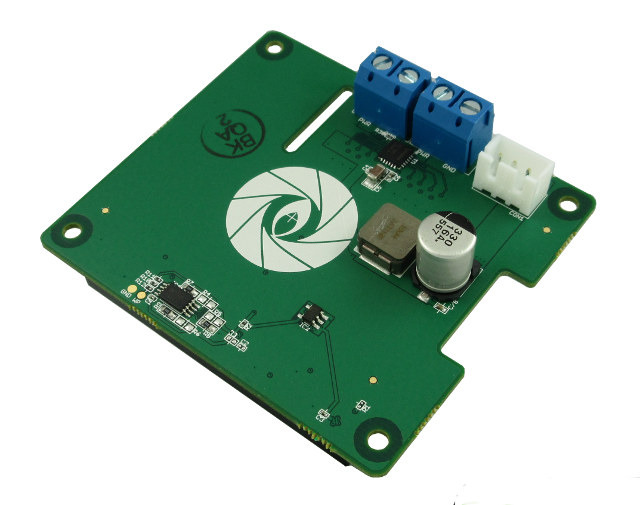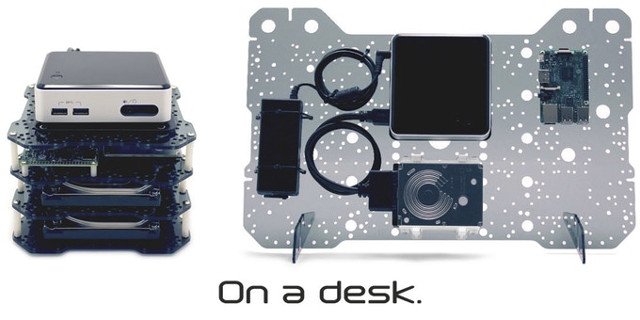DEK Italia has recently introduced Telegea Smart Hub, an IoT gateway based on Raspberry Pi Computer Module 3 (CM3) with Ethernet, WiFi, RS232/485 ports, and various other I/O ports, that can leverage Raspberry Pi software ecosystem. The company explains the device is mainly targeted at DIY home automation applications as a smart home controller which runs open source smart home software like OpenHAB and Home Assistant, but it can also be used for many other IoT applications. Telegea Smart Hub R3B0 specifications: SoC – Broadcom BCM2837 quad core Cortex A53 processor with VideoCore IV GPU System Memory – 1GB LPDDR2 RAM Storage – 4GB eMMC flash, 256 byte EEPROM Connectivity – 10/100M Ethernet port, optional Wifi 802.11 b/g/n at 2.4 GHz Serial – RS485 serial port, RS232 serial debug port USB – 2x USB 2.0 host ports Expansion 6xdigital inputs via screw terminals (for dry contacts or S0 interface) 4x […]
Snapdragon X50 5G Modem Makes it First Data Connection
5G technology is expected to launch in 2019, and Qualcomm has recently made a step towards this goal with the company announcing their first 5G data connection with Snapdragon X50 modem on on 28GHz mmWave Spectrum. The demonstration took place in Qualcomm Technologies’ laboratories in San Diego, and achieved Gigabit download speeds using several 100 MHz 5G carriers. Snapdragon X50 5G Modem’s product page lists some of the key features of the chip: Up to 5 gigabits per second download speeds Initial support for operation in the 28 GHz millimeter wave band. It can connect using up to 800 MHz of bandwidth via 8×100 MHz carrier aggregation. Supports advanced multiple input, multiple output (MIMO) techniques such as adaptive beamforming and beam tracking Composed of the modem as well as the SDR051 mmWave transceiver The modem can be paired with a Snapdragon processor to provide multi-mode 4G/5G capability, and the company […]
ACEPC AK1 Celeron J3455 Mini PC Review – Part 1: Unboxing, Teardown, and First Impressions
Karl here. Today we are going to look at the ACEPC AK1 mini PC. Here are some of the specs pulled from ACEPC’s website. The feature that is most notable to me is the included 2.5” hard drive compartment. Hardware CPU:Intel Celeron J3455 GPU:Intel HD Graphics 500 RAM:4GB DDR3L ROM:32GB eMMC WiFi:Ac3165 Dual Band,2.4G/5G LAN: Ethernet RJ45 10/100/1000M Bluetooth: BT V4.0 Interfaces USB port:2xUSB 3.0;2xUSB 2.0;1xType C;support USB disk and USB HDD Card reader: TF Card (up to 128GB) HDMI Port: HDMI 1.4 Microphone audio: 3.5mm Microphone jack x1 Unboxing & Teardown Some close-up photos to get a better look at the chips, and overall hardware design. First Boot – Storage / Task Manager Storage after first boot: Storage after update: Thermal Testing with Prime 95 Cooling seems adequate. Below is a picture of Prime 95 after 5 minutes. I am glad to see it staying at about […]
Xiaomi Mi A1 Review – Part 1: Unboxing, First Boot, Firmware Update, and Benchmarks
Xiaomi Mi A1 hardware specifications are pretty much standard for a mid-range smartphone, except possibly for its dual rear camera, and what makes it stand apart is really Android One program that promises regular firmware update, including to the latest “pure” Android version, during a 2-year period from launch. In my case, the phone is also interesting because so far I had only used smartphones with Mediatek SoCs, and Mi A1 is equipped with a Qualcomm Snapdragon 625 processor. SD625 should be slower than the Mediatek Helio X20 deca-core processor I’ve been using in Vernee Apollo Lite, but I’m curious to find out if some apps have been better optimized for Qualcomm processors. I’ll soon find out as GearBest sent me a review sample.I’ll start with an unboxing and first boot post, before writing the second part of the review in a couple of weeks once I’ve finished testing the […]
Getting Started with MicroPython on ESP32 – Hello World, GPIO, and WiFi
I’ve been playing with several ESP32 boards over the months, and tried several firmware images. I started with a tutorial for Arduino Core on ESP32, a few month later I tested ESP32 JavaScript programming with Espruino on ESPino32 board, and recently Espressif Systems sent me ESP32 PICO core development board powered by their ESP32-PICO-D4 SiP, and while I took some pretty photos, I had not used it so far. So I decided to go with yet another firmware, and this time, I played with MicroPython on ESP32, and will report my experience with basic commands, controlling GPIOs, and WiFi in this getting started post. Flashing Micropython Firmware to ESP32 Board Source code is available on Github, as a fork of MicroPython repo as ESP32 support has not been upstreamed yet. We could built the firmware from source, but there’s also a pre-built binary which you can download on MicroPython website. […]
iWave Systems iW-RainboW-G25D is a SMARC 2.0 Compliant Snapdragon 820 Development Kit
iWave Systems previously launched iW-RainboW-G25S single board board powered by Qualcomm Snapdragon 820 processor. The company is now back with a new Snapdragon 820 development kit called iW-RainboW-G25D that complies with SMARC 2.0 SoM specifications. The kit include a SoM with 3GB RAM, 32GB storage, WiFi and Bluetooth connected to a SMARC compliant baseboard, and optionally features a 5.5″ AMOLED touch screen display. iWave Systems iW-RainboW-G25D development kit specifications: APQ8096 SMARC iW-RainboW-G25M SoM: SoC – Qualcomm Snapdragon 820 (APQ8096) quad core Kryo CPU with Adreno 530 GPU @ 624MHz, Hexagon 680 DSP @ 825 MHz (no modem) System Memory – 3GB LPDDR4 RAM Storage – 32GB eMMC Flash, micro SD slot Connectivity PCIe to Gigabit Ethernet + PHY 802.11a/b/g/n/ac Wi-Fi + BT4.1 Low Energy (BLE) GPS/GNSS receiver 314-pin MXM 3.0 edge connector as per SMARC 2.0 specifications SMARC Carrier Board Storage – M.2 slot (back), SATA, SD card slot (back), […]
Gumstix Expands Raspberry Pi Support with Stepper Motor, Breakout Board, LoRa PoE, and Yocto Linux
Gumstix has recently released of three new expansion boards compatible with Raspberry Pi boards and Compute Modules: Gumstix Pi Stepper HAT for 4-wire stepper motors Gumstix Pi Newgate breakout boards exposing all I/Os of Raspberry Pi Compute Module and Compute Module 3 Gumstix Pi Conduit PoE adding PoE support to their LoRa gateway kit based on RisingHF RHF0M301 LoRa concentrator module. The company also offers a custom Yocto 2.2 (Morty) Linux images with support for their Pi HATs and Compute Module carrier boards. Gumstix Pi Stepper HAT The expansion board is designed with the 40-pin header for Raspberry Pi products, and includes Texas Instruments DRV8846, a 4 – 18V, 1.4A stepper motor driver with 1/32 microstepping providing rotational accuracy below a tenth of a degree, and 6,400 distinct positions. The board supports 6 to 36V batteries via a 3-pin headers, includes 256 kbit serial EEPROM, and can be used for […]
STEGO BOARD Enables Neat Prototypes with Development Boards and Accessories (Crowdfunding)
If you’ve ever created a quick prototype for your own use, or for your company, you may have based it on a development board, and added some extra modules or add-on modules, as well as potentially accessories such as hard drives or power supply. Software is complete and it works, but it may look like a mess, and transporting it may cause cables to disconnect or other problems. STEGO BOARD should help in this case. It’s some kind of mounting systems compatible with the most common boards like Raspberry Pi 3, Rock64, or ASUS Tinkerboard, mini-ITX motherboards, mini PCs with VESA mounts, 2.5″ and 3.5″ drives, and so on. So you can create prototypes like the ones below. Six different products are available: STEGO BOARD 102 – 2 layers of the smaller board with 106 parts (stands, screws, zip ties). Can be used with mini PC, development board, up to […]


